In the past year of 2023, the Ordinals theory and protocol, born out of the technical innovations of Segregated Witness and Taproot upgrade, unexpectedly propelled the most decentralized consensus of Bitcoin beyond its single narrative of "value storage". The Ordinals Protocol, along with the BRC-20, Runes Protocol, Atomical Protocol, DMT digital material theory, NAT non-arbitrary token, Bitmap, and other theories, protocols, token standards, and projects based on or inspired by it, are emerging as the cornerstones for constructing a decentralized value network for the digital and intelligent future.
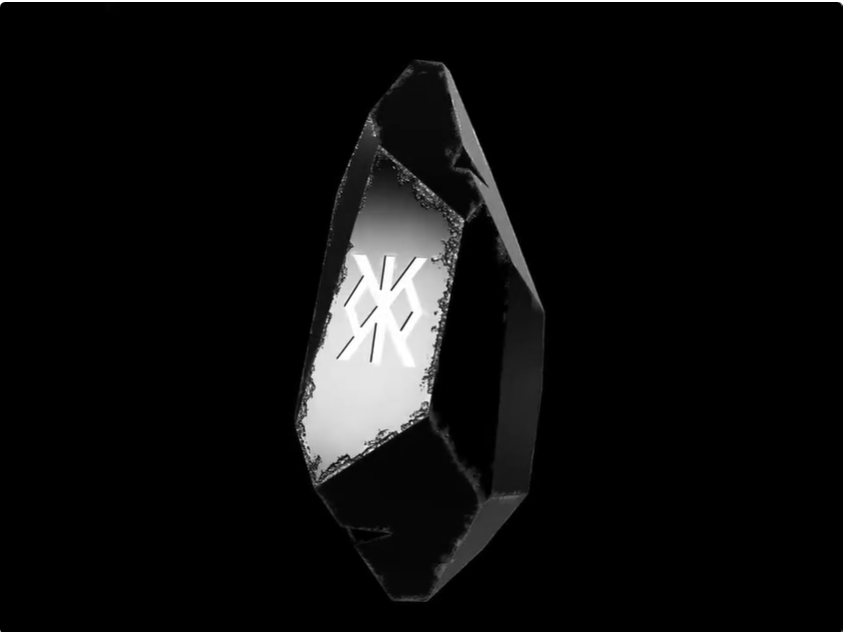
Author: BIT FM
X/推: @bitfm2024
On March 9th, a 3.97MB-sized Ordinals inscription, Runestone, the largest to date, was successfully auctioned for 8 bitcoins (544,713 USD). Its creator, the well-known Ordinals influencer Leonidas, stated that all proceeds from the auction and the 2.25 bitcoins previously raised within the industry through Twitter donations will be used to cover the network fees for the upcoming largest-scale Ordinals airdrop. This has ignited great anticipation within the global Bitcoin community for the Runes Protocol, which is scheduled to launch its mainnet at Bitcoin block height 840000, around late April 2024.
Why was Runes Protocol created?
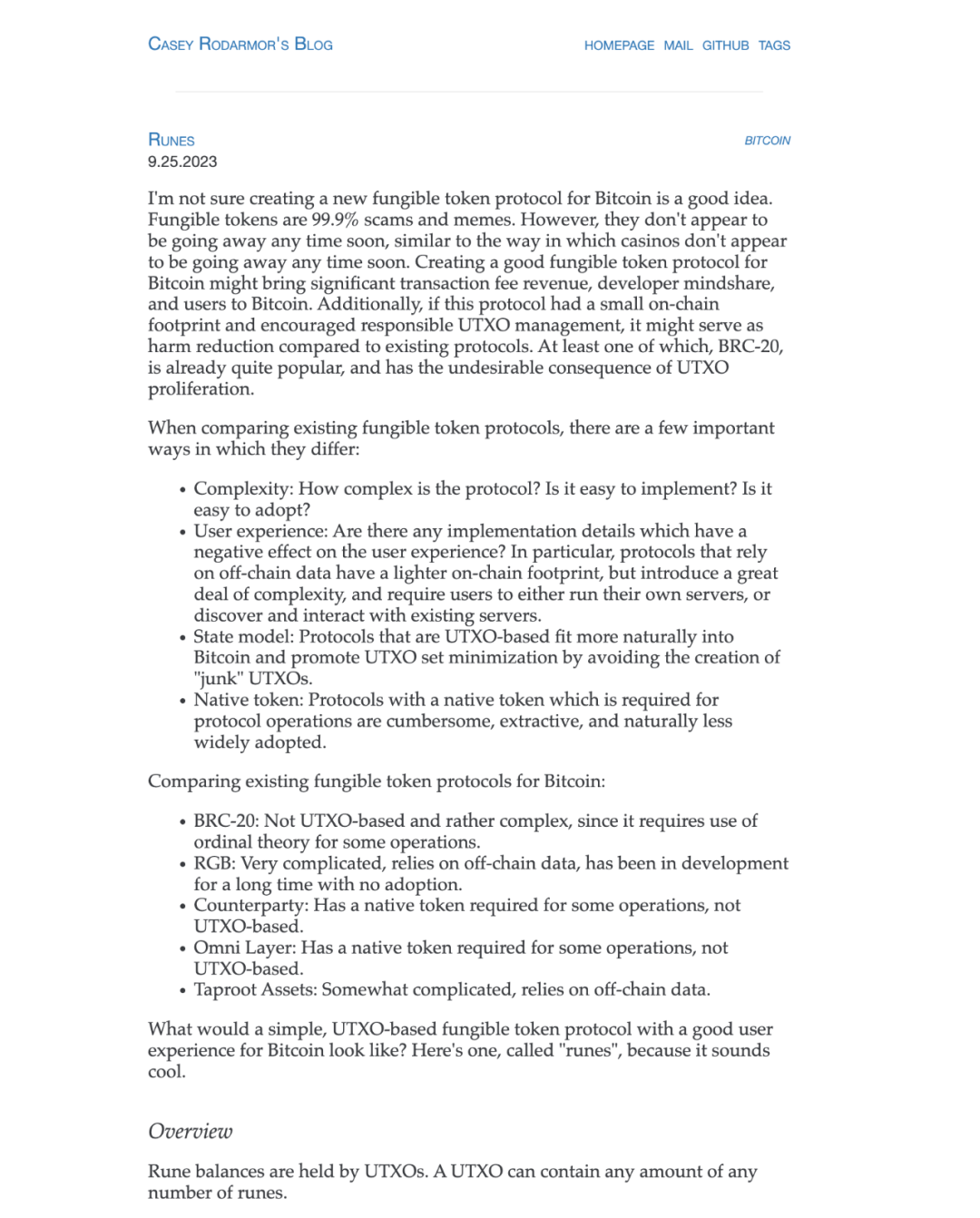
https://casey.github.io/blog/runes/
Runes Protocol was developed by Casey, the developer of Ordinals Protocol, due to dissatisfaction with the BRC-20 token standard that emerged in March 2023. BRC-20 created a large amount of "dust" UTXO using the Ordinals protocol, which led to the proposal of a homogenized token (Fungible Token) protocol based on the Bitcoin UTXO (Unspent Transaction Output) model on September 26th of last year. It manages and transfers FT through simple tuples (ID, OUTPUT, AMOUNT) and OP_RETURN operations.
Different from RGB Protocol and Taproot Assets Protocol, which require off-chain data storage and retrieval infrastructure, or the problem of BRC-20 generating "dust" UTXO occupying precious block space of Bitcoin, Runes Protocol is designed to be concise, requiring no additional off-chain data or native tokens to support certain operations, thus optimizing on-chain data usage and enhancing user experience.
Runes Project Takes the Lead, What New Gameplay is Created?
Although Runes Protocol is currently undergoing code optimization and version iteration, the PIPE protocol and RuneAlpha's COOK runic token took the lead last December. Since January of this year, more Runes projects have emerged, attracting increasing attention and funds in the market, positioning themselves at the forefront of the Bitcoin ecosystem.
1. RSIC
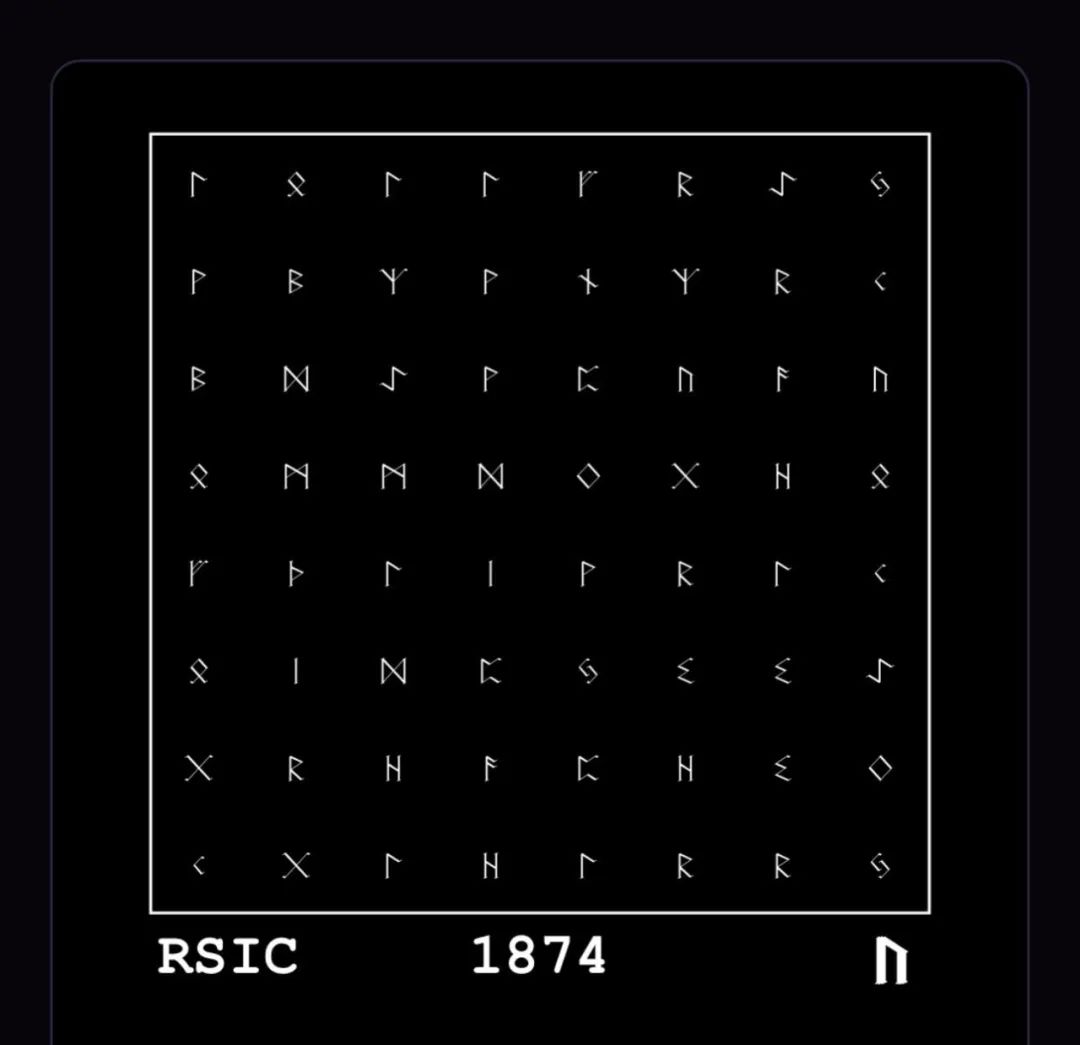
RSIC stands for Rune Specific Inscription Circuits, an NFT on Ordinals with a total of 21,000 pieces, 10% of which are reserved by the project party, and 90% of RSIC are airdropped to holders at the expense of over 3 bitcoins, garnering praise from the community. Specific airdrop rules and standards have not been disclosed, and it is speculated that they are mainly based on the blue-chip NFTs held in wallets. As some wallets are unaware of receiving NFTs due to airdrops, a transfer (buying/selling/transferring to oneself) is required to activate them. Once activated, "mining" begins, mining a share of a future token deployed by the project party in Runes. It is said that the RSIC project party and Node Monkey share the same founder, who was an early colleague of Casey in writing the Ordinals protocol, hence receiving rapid support from the Ordiscan browser.
Gameplay Rules:
Elements involved:
?#126 (Great-grandfather inscription): An inscription that reads "deploying more inscriptions," seemingly held by Bitcoin Rocks.
Great-grandfather inscription:
https://ordiscan.com/inscription/126
?RSIC Factory (Grandfather inscription): Used to produce the RSIC distribution center, which has already been stamped into the Satoshi address (equivalent to the project party having destroyed the inscription and being unable to continue producing its sub-inscriptions), and the grandfather inscription also uses the Metaprotocol meta-protocol.
RSIC distribution center: There are a total of 10, used to produce RSIC, all of which have been stamped into the Satoshi address. RSIC: Rune Specific Inscription Circuits, with a total of 21,000 (of which 10% are reserved by the project party).
Rune: A token mentioned by the project party that will be distributed to holders (i.e., mined), currently unnamed (temporarily referred to as RS tokens), and will be deployed and distributed after the Runes mainnet goes live.
Interesting design:
?Holders of activated RSIC will receive at least 21 RS tokens per block, and the longer they hold, the more tokens they will receive. Even if sold, the quota during the holding period will still be recorded in the wallet.
?Each RSIC inscription has a symbol in the lower right corner, corresponding to different numbers and letters. When the last digit of a block's hash value matches the symbol on the RSIC, 336 RS tokens can be obtained from that block, and the symbol in the lower right corner will be highlighted and turn yellow at that time.
?Each RSIC inscription references the same JavaScript inscription, which fetches the latest block's hash and analyzes whether the last digit matches the symbol in the lower right corner of the RSIC. When it matches, the style changes (turns yellow). A similar setting is also used in the BRC333's owl inscription, recursively calling the JavaScript inscription to achieve the inscription's change over time.
?The project party will launch a dashboard for querying RS token quotas, eliminating the need to constantly monitor the inscriptions for color changes.
An Easter egg: The boost logic mentioned in the white paper will be engraved on the 4703400000000th Satoshi.
Summary:
The project party is proficient in technology, and the issuance process involves the use of parent-child inscriptions, the Metaprotocol field, recursive inscriptions, JavaScript inscription calling block data, and the deployment and distribution of the Rune protocol.
The gameplay is carefully designed, such as airdropping to holders of high-value NFTs, using activation operations to filter dormant wallets, adding random settings to increase attention and topicality, and controlling the pace by releasing information three months before the Rune protocol goes live.
?However, RSIC also has many centralized aspects that may be subject to FUD in the future: airdrop rules, future token deployment, the project party's reserved 10%, and so on.
This may be a relatively centralized solution in the future fixed total supply project token airdrop gameplay within the Runes protocol, which is more likely to be accepted by the community.
Official website: https://runecoin.io
Official Twitter: @rune_coin
Collection: https://magiceden.io/ordinals/marketplace/rsic
Mining query: http://ordiscan.com Enter the wallet address and query in the Runes section
2. RSIC Boost
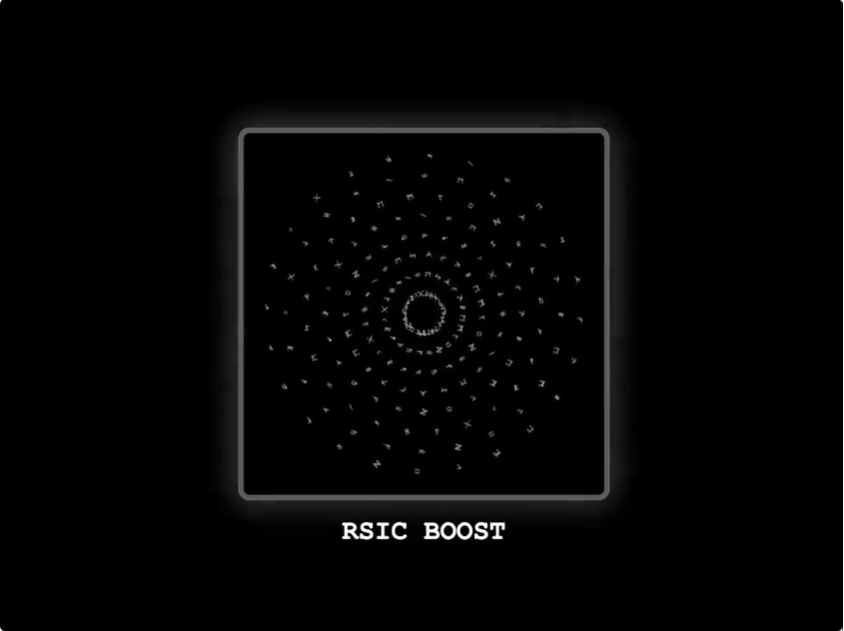
RSIC Boost is a hidden surprise embedded in the above RSIC: an acceleration tool with a total of 3900. This time, it is not an airdrop, but requires wallets holding RSIC to mint (requiring a network fee of over $170), which can accelerate the mining speed of RSIC. This move further filters out active wallets on the chain, adds to the market game, and once again proves that the project party knows how to stir things up.
Collection of links:
https://magiceden.io/ordinals/marketplace/rsic-boost
3. Runestone
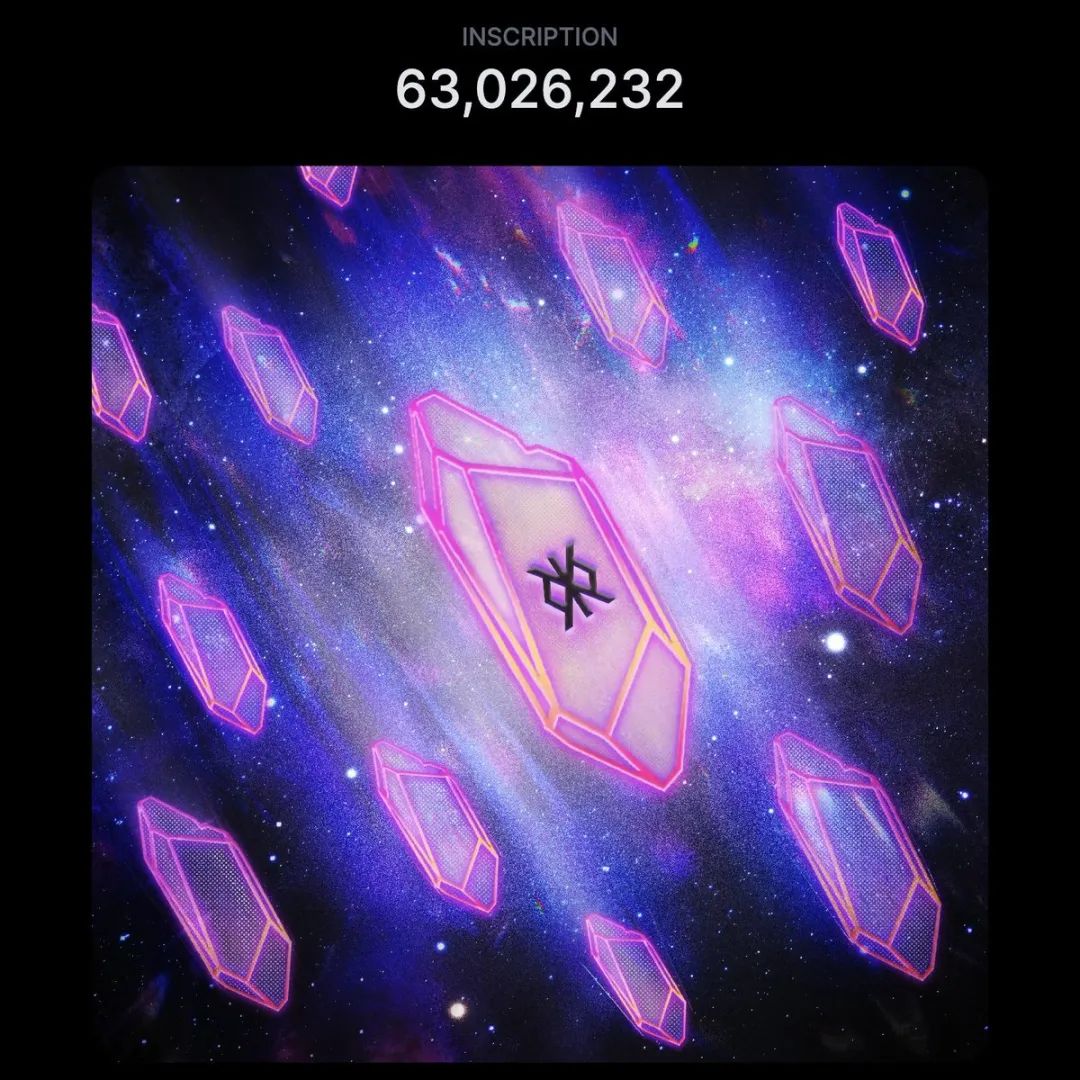
Runestone is the most anticipated airdrop project after RSIC, led by Leonidas, the founder of the Ordinal browser Ord.io. Over the past month, Leonidas has been raising funds within the industry through Twitter to cover the airdrop gas expenses (each person donated 0.15 BTC × 15 people = 2.25 BTC), and the fundraising has been completed, with RSIC providing a donation of 0.15 BTC.
The total supply of Runestone is 112,383, and its airdrop rules are relatively transparent. That is, at block height 826,600, the wallet needs to hold 3 inscriptions, excluding inscriptions starting with text/plain or application/json (such as BRC-20 inscriptions). Currently, the whitelist wallet addresses published by Runestone have reached 113,376. On March 3rd, the parent inscription was already completed, and on March 9th, the Runestone auction set a record of 8 bitcoins, signaling the imminent start of the largest airdrop.
Whitelist query:
https://runestone.lfg.cash
https://www.okx.com/cn/web3/toolkit/btc-airdrop
Collection: Not available
Mining query: Not available
4. Rune Mania Miner
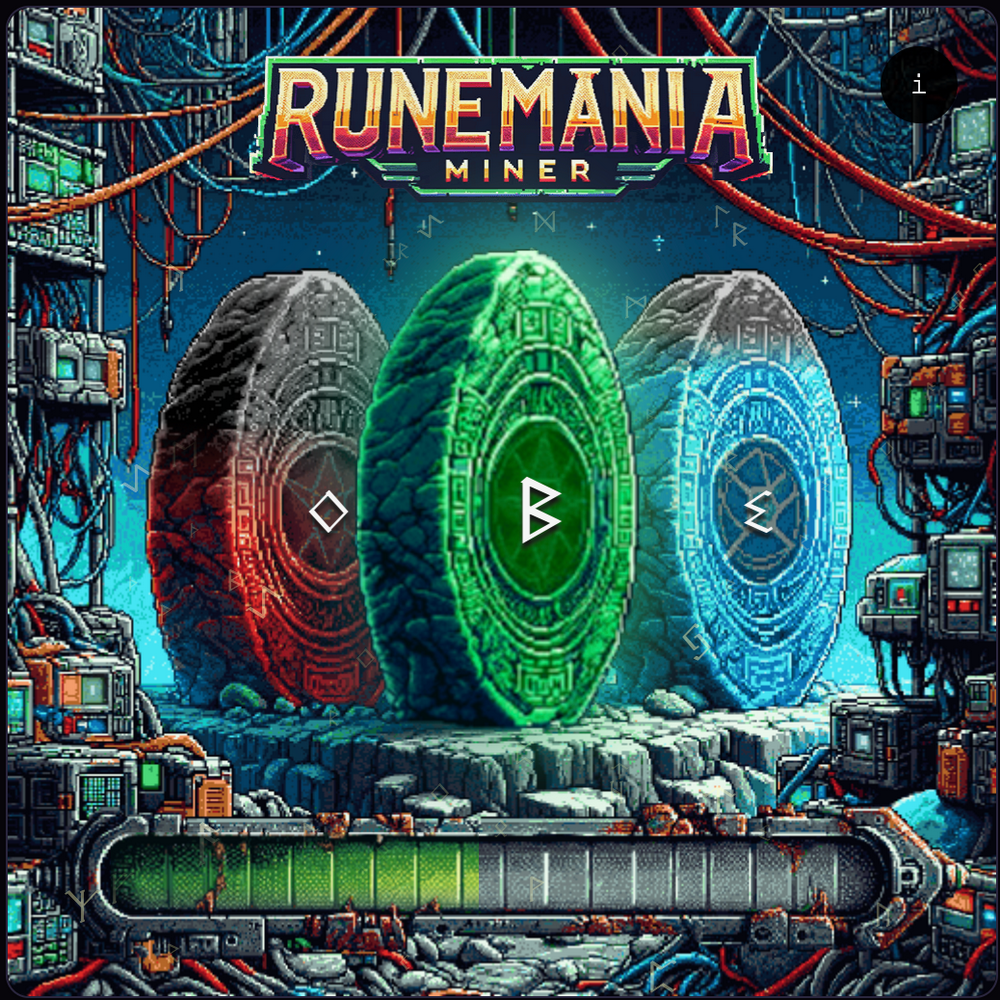
Sure enough, the project party soon airdropped to RSIC Boost holders (who also hold RSIC), namely Rune Mania Miner (hereinafter referred to as RMM). With a total of 3,800, the team reserved 253, and 3,547 were airdropped to the community. Like RSIC, it also requires a one-time transfer (transferring to oneself is also acceptable) to activate mining, and the mining rules are relatively complex.
Gameplay Rules:
Each RMM has an initial coefficient of 1, and the basic mining quantity is 10,000 runic tokens per block. There is a series of acceleration algorithms that can increase the mining speed coefficient, thereby increasing the mining quantity per block:
1️⃣ Mining Boost (replaced by MB), displayed in the green progress bar at the bottom of the inscription, determined by the first two digits of the inscription ID (if there are letters, skip them until finding two digits), with the minimum MB being 15, so the range is 15-99%. Formula: MB/400 = coefficient bonus, for example, if the number is 40, then 40/400=0.1, the mining speed coefficient is 1+0.1=1.1
2️⃣Mana Boost displayed on the red stone on the left side of the inscription, determined by the last 2 digits of the inscription, with the minimum Mana being 10%, so the range is 10%-99%. The bonus of Mana will only take effect when the total Mana value of all RMMs under a single address exceeds 100%. For example, if you have a 40% Mana RMM, you can buy more to stack the Mana value to over 100%, at which point you can receive a coefficient bonus of 0.2 (enjoyed by all RMMs under that address).
3️⃣Block Boost, displayed on the blue stone on the right side of the inscription, determined by the last two letters of the inscription and the current block height.
Static bonus: determined by the first two letters of the inscription ID (A=1, B=2……F=6), for example, ae is 15%, so the range is 11%-66%.
Dynamic bonus: determined by the current block height, increasing by 1% every 100 blocks. Maximum value is 89% (reached at the halving block).
(Static bonus + Dynamic bonus)/400 = coefficient bonus for this item.
In addition to the above 3 parameters, the gameplay of 4. Stone Boost and 5. Runes Boost has not been disclosed yet. Stone refers to the middle stone, and Rune boost is determined by the rune symbol on the middle stone. According to the whitepaper, holding 2 of the same rune symbol or holding 3 of the same rune symbol implies their respective bonuses. The final mining quantity per block = 10000 * (base coefficient 1 + all bonus coefficients).
Open any RMM on Magic Eden, and in the bottom right corner of the Attributes, you can view the parameters mentioned above.
Official Twitter: @RuneManiaMiner
Official website: https://runemania.com/
Documentation: https://rune-mania.gitbook.io/rmm/
Collection: https://magiceden.io/ordinals/marketplace/rmm
Mining speed coefficient query tool: https://www.ord.io/61927031
5. The Rune Guardians
The Rune Guardians gameplay is similar to RSIC, airdropping to holders of Ordinals blue-chip NFTs, with the project party covering all gas costs.
Gameplay Rules:
The Rune Guardians have a total of 10,000, divided into 100 Guardians, 200 Sentinels, and 9700 Keepers. Holders receiving the airdrop can participate in sharing a total of 100 billion runes. By connecting the wallet to Magic Eden and clicking on the images of different levels of The Rune Guardians in the Attributes, you can view the rune mining balance.
Official Twitter: @RuneGuardians
Official website: http://theruneguardians.com
Collection: https://magiceden.io/ordinals/marketplace/trg
Mining query: Not available
6. BTC Slugs
BTC Slugs is the first NFT subset of the hand-drawn cartoon Bitcoin relic biosphere built by NiftySats, with a total of 3333 slugs. Whitelisting is provided to holders who minted RISC Boost within the first 48 hours, and the remaining 2201 slugs are available for public minting at a price of 0.0004 BTC (20 USD).
Gameplay Rules:
The Bitcoin biosphere built by NiftySats consists of arthropods, arachnids, amphibians, and reptiles, with a total of 11,164 hand-drawn cartoon Ordinals, divided into 12 volumes, starting with BTC Slugs in sequential minting, with the first volume of BTC Slug totaling 3333, and subsequent supply decreasing.
BTC Slugs have over 240 unique features, including antennae, body size, feathered buttocks, and mouths. Their accessories are also uncommon; unlike common hoodies, pipes, and hats, BTC Slugs' equipment includes unicorn floaties, boxing gloves, and GoPro snorkel masks, with some slugs having lasers, rubies, and diamonds on their antennae. These rare features determine the rune rewards for holders.
Rune Rewards
?Phase 1: After all BTC Slugs are minted and claimed, the project will take a snapshot. At that time, anyone holding 3 or more slugs in a single wallet will receive an airdrop of 1000 BRC-20 tokens $PERQ.
?Phase 2: After the official launch of the Runes Protocol, the project will engrave its own runes and allocate supply to holders based on the rarity chart above. NiftySats' rune symbols are paired with slug features in the same rarity order as RSIC. Since RSIC Boost holders received the first batch of BTC Slugs, the order of their rune symbols is meaningful only when matched with the order of RSIC's rune symbols. If one of your slugs has more than one qualifying feature, you will receive a higher reward allocation, while the lower reward allocation will go into a public pool, distributed evenly to all wallets holding 1 or more slugs.
BRC-20 Token $PERQ Rewards
?The project will also take a second PERQ snapshot at Bitcoin block 840,000 and allocate 10 runes per PERQ to holders. The total supply of PERQ is 5 million, meaning a maximum of 50 million runes will be airdropped (10 runes x 5 million perq), which is equivalent to 23.8% of the total supply of 210 million runes.
?However, the total quantity of BTC Slugs is 3333, which means that at any given time, a maximum of 1111 wallets can hold 3 slugs. After considering distribution and consolidation, the final quantity may be lower than this standard.
?This means that out of the available reserve of 2 million, a maximum of 1.1 million $PERQ (1000 x 1111) has been reserved for this airdrop. The remaining approximately 1 million reserve, along with any unallocated supply, will be held in the team's wallet.
?The expected benchmark of over 1 million PERQ, as well as the related 10 million runes to be reserved, and any unallocated supply from any asset, will be used for future market and community development; the project will never sell or trade any assets.
The OG NiftyPass and $PERQ designed by the project party have different quantities and qualifications for whitelisting in all 12 volumes of the NFT series, as shown in the image below.
Official Twitter: @niftysats
Official website: https://www.niftysats.com/
Documentation: https://niftysats.gitbook.io/niftysats/
Collection: https://magiceden.io/ordinals/marketplace/btc_slugs
What are the Alpha Hints of Runes?
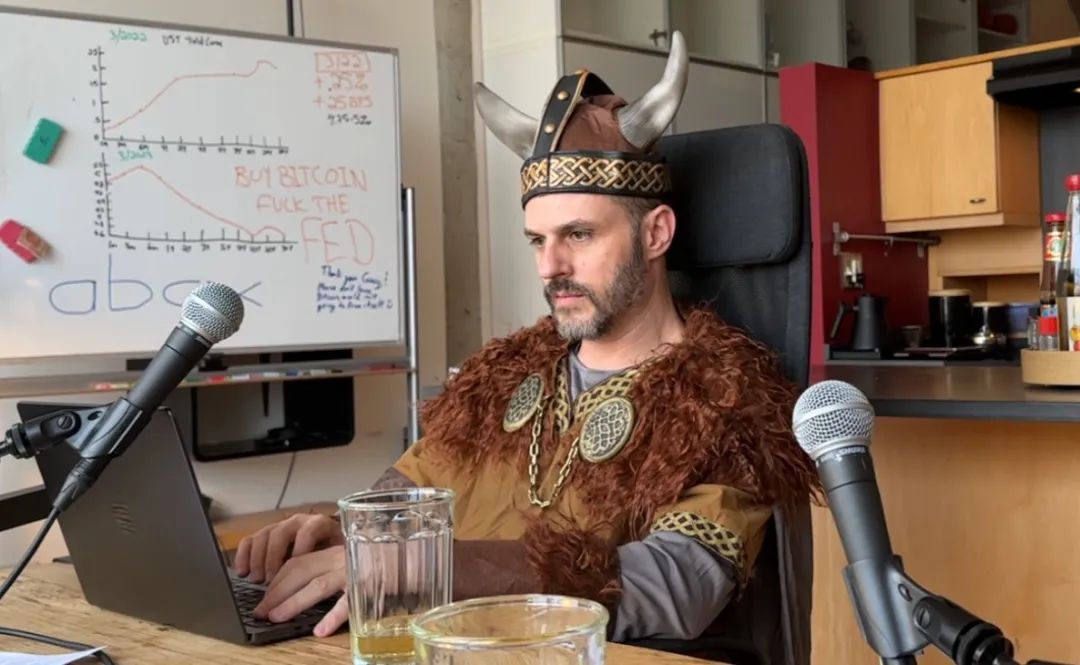
As the launch date of the Runes Protocol mainnet approaches, more Runes projects are on the way, as seen from the above project introductions:
The Runes Protocol, created by the founder of the Ordinals protocol to replace BRC-20, is orthodox and more accepted by Western users and overseas communities.
From a design and ecological perspective, the Runes Protocol is not parallel to, but subordinate to the Ordinals Protocol, combining assets in the form of FT with NFT inscriptions. The issuance of assets supports each other, and the protocol design and ecological community have the characteristics of "token exchange" and "token duality" that are currently hotly debated in the market. Due to its organic integration with Bitcoin NFTs, the Runes ecosystem is able to attract more artists, influential NFT projects, and community participation in construction, leading to the emergence of more innovative gameplay.
The Runes Protocol is designed to support two issuance methods:
1️⃣ Fixed total supply (tokens directly engraved and distributed by the project party), which leans towards a centralized issuance method. Currently, RSIC may become the leader in this gameplay.
2️⃣ Public engraving (setting token parameters and fair mint after deployment), similar to BRC-20. The main difference is that BRC-20 limits the total supply, while Runes limits the block height or timestamp but does not limit the total supply. The total supply of the token is determined by how much is minted within the valid time.
The above projects that are sprinting before the official launch of Runes at the end of April are conducting project cold starts and seizing the minds of Runes users and market share through airdrop mining of rune tokens and innovative GameFi gameplay.
Disclaimer: This article is for reference only and should not be used as legal, tax, investment, financial, or any other advice. It does not represent the position of RunesCC.
免责声明:本文章仅代表作者个人观点,不代表本平台的立场和观点。本文章仅供信息分享,不构成对任何人的任何投资建议。用户与作者之间的任何争议,与本平台无关。如网页中刊载的文章或图片涉及侵权,请提供相关的权利证明和身份证明发送邮件到support@aicoin.com,本平台相关工作人员将会进行核查。




